BEST BUTTROCK IN AMERICA
Typing this from ‘The Best Airport in America’ Baltimore-Washington. My review? Solid bathrooms, but the air con is up too high at the gates.
On my way to Louisville to play what is colloquially known as a ‘racetrack fest.’
This phenomenon might be a blank for you if you see yourself as cosmopolitan or ‘on trend.’ These are primarily bands in the active rock genre, some legacy and many current. It’s ‘flyover state’ music to many, ‘buttrock’ to many, but it’s a lifestyle to others.
UPDATE:
TRUE GRIT
Lorenzo is bringing some heat to these freezing cold pages. Might keep the snow up for the whole series.
WILL THE REAL CONAN PLEASE STAND UP
Question: what’s the purpose of writer on a book about an existing property? Obvious answer is to make the bosses more money. But, on a more philosophical level, what is the goal?
I’m reading a ton of CONAN and RED SONJA books this week and I find myself lost in my thoughts about ‘voice.’ When is it your job to have a take vs when is it your job to do the established thing with virtuosity? I think this is ultimately the question that hobbles all legacy brands in comics. Because when a take HITS, it changes everything and makes money. So of course there’s an instinct to mix things up and bring in people aren’t beholden to established norms (either because they don’t know them or see the virtue in not caring).
A thing that annoys fans of… anything… is deviation from the spirit of the thing they love. And this varies in intensity and specificity. I’ve never seen the Thomas Jane The Punisher movie because it’s set in Miami. But I enjoy the Starship Troopers movie that skewers the book. The care is largely contingent on how and when you were introduced to it. And then there’s the matter of how far the gap can widen between intent and iteration before it just becomes a different thing entirely. I am impressed by any Golden Age comic readers who continued the hobby through the Bronze Age, because any hero who kept their name was a very different character by the advent of the 1980s. Ever read the Dr. Fate Wikipedia entry?
This is all to say, IS Red Sonja the character as conceived in the 70s? Or is she any of the iterations since? All of the above? I dunno, and I’m not broaching anything new with these thoughts, obviously. This is the fate of any property that lasts generations (except some of the Euro characters that seem unchanged for 50 years). It’s the fate of any property that sees itself put to other media. Is there a genuine article?
I guess this is only important insofar as it directs new work. Is a current take the same thing as an individual take? Is reflecting the moment (not the politics of the day, rather the aesthetics of the day) always a noblier thing than chasing the past?
I ask because this will always be cool:
Whereas some modern takes are already aging like potato salad.
TAKE OR NO TAKE???
Some of the current Conan material I’m reading is in a Roy Thomas-esqe lane, and many have a drab corporate voice, and a couple books have their writer’s voice to an almost overpowering degree. I am drawn to the first, repelled by the second, and fascinated by the third.
I feel obligated to reward individual takes… but what if they’re wrong as hell?
SENSITIVE SUBJECT
This may seem like ancient history, but in 2013 the idea of women in combat really hit the news. I had to google, because in my mind it was 10 years before that. Regardless, I remember all the talk about women’s combat capabilities. Were they physically able to do the work, etc.
And I remember thinking, “is there something not being said here?” It just felt like the news was missing some aspect of the thing. I couldn’t put my finger on it until a female friend pointed out what I failed to see: there wasn’t a polite way for the nightly news to mention that women POWs are going to be sexually exploited.
Since that time, I’ve thought about the phenomenon in works of fiction. Reading all these different RED SONJA takes, I’m taken by how sexual violence falls in and out of her history. The Gail Simone reboot takes rape out of Sonja’s origin story. This feels like a supremely Simone thing to do, with all the hallmarks of that era’s pop-psych version of feminism. But is she wrong to remove that unpleasant bit? It was the feminism of the era to erase personal trauma as a motivation. Simone’s whole career was built on that idea. But all things change and in 2024 trauma is the primary motivation, it seems, for characters in fiction. Sexual violence is still a landmine if you work in spheres where media literacy is low and agenda is high. But, surely, we understand it’s a real thing and informs character in some meaningful way?
Obviously the calling for Simone’s generation was proving there was some character beyond a characters worst trauma. And, of course, that is a valid mission. But what about NOW? If some of the third-wave feminists in my readership care to drop in and tell me where the discourse is in 2024, I’d be happy to read it. I just gotta imagine we’re at the “we talk about how often this happens in real life, how could it not be built into fiction” stage of things, no?
MAYBE ONLY FOR THE PEDANTS IN THE AUDIENCE
Normally I am thankful for anyone who engages with this newsletter enough to respond. And, I guess in this case I still am. But I admit I was a bit triggered when someone hit me with (paraphrasing) “maybe it’s only the creators you know who fear a career-ending social death, and plenty of real artists are still doing their thing unincumbered by that fear.” Essentially suggesting I have a exposure bias wherein I invite conversations from like-minded people and then assume that’s everyone.
Ok. Fair enough to broach.
But, no. That is not the case.
It’s easy to suggest, because it can’t be disproven. And it’s fun to repeat, because it allows you to dismiss me.
But, no.
Insisting upon statistics and hard data on ideas like social media’s chilling effect on art is a pedant’s out. It means you never have to engage with the substance of the argument because you can yell, “show me a citation!!!”
Sensitive point of comparison, but trust that I’m going somewhere with this: During the ‘racial reckoning’ of the past few years, the topic of police violence was central. The idea being that black Americans were targeted/victimized on a systemic level, causing them to over-index for police shootings.
That proved untrue, insofar as the data. Every bit of ‘hard’ evidence says, “race not a factor in police shootings.”
And yet, many black Americans report that they feel targeted by law enforcement.
So, what to be done here? If you’re right-leaning or ‘pro-police’ you may go with “the media has blown this out of proportion, causing anxiety within the black community for everyday interactions like traffic stops and therefore causing more potential shootings.” If you’re left-leaning or ‘anti-police’ you may ignore the statistics entirely or say they are incomplete/unreliable/biased.
But if you’re smart, you would investigate the idea that there’s some things we can’t quantify but are, in fact, real.
With the summary skills of ChatGPT, I give you the McNamara Fallacy:
The McNamara Fallacy has four stages:
Measure what can be easily measured: This refers to focusing on metrics like enemy body count, which are easy to count but may not reflect the true progress of the war.
Disregard what cannot be easily measured: Important factors like political stability, public sentiment, and the resolve of the enemy are ignored because they are hard to quantify.
Assume what cannot be measured easily isn’t important: The assumption that only quantifiable data (like body count) matters leads to a skewed understanding of the situation.
Assume what cannot be measured easily doesn’t exist: The final step of the fallacy involves outright ignoring qualitative factors that can't be captured through numbers.
In this case, it means there are factors that go into black Americans feeling targeted by law enforcement that are not readily available in an Excel sheet. Let’s be clear for the potential pedant: The intangibles are not the same thing as vibe. And the gestalt is not superstition. We agree there is something to the claim of many black Americans, correct? Regardless of the available data, right? We’re not writing it off as hysteria. Hang on to that idea while we move forward.
Apply the same principle to the aforementioned chilling effect in art: if you’re a skeptic you will never be provided the ‘evidence’ you demand. Because no matter how many creators tell you to your face that this is real, you can always say “but we have more art than ever, where is the proof that people are afraid to make transgressive or provocative work?” And if you were arguing with a computer, you could stand on that. But you’re not.
Everyone knows there is more to any phenomenon than what can be measured. Start with whatever measurements are available, sure, but only a willfully obtuse person would suggest that’s the limit of our understanding.
You can love the idea of cancel culture, believe it a net positive, and go through your life like that. You can hate it, believe it’s a compassionless anti-labor idea, and go through your life like that. Your opinion is your own. But you are not gonna tell me its downstream effects don’t exist.
Creators are making ass art because they are scared to make art that pushes. Period. I think I’ve devoted as many words to the subject as I can justify in reply to a bad faith argument.
MEDIA CONSUMPTION
Is this basic and silly and an excuse to have an adventure with beautiful art that is fun to look at on every page? Yes. Read it.
This interesting, profoundly New York, documentary is about the making of a movie that has gone underseen for a number of reasons. It falls apart a bit or rambles, I couldn’t say which, but it was a joy even during the sad bits.
Remember this pile of shit? People really love it, and I guess I get why. It is fun. But, damn, all it takes to get people to watch a wildly mediocre B-movie is some star power? This is Stallone at his ‘feeling himself’ peak and everything about it is him flexing while also not caring. It’s ass. But, yeah, watch it.
The Species idea worked in the first one because Natasha Henstridge is a pretty lady and “everybody wants to have sex with a pretty lady.” But when you make the antagonist a 37-year-old man intent on impregnating viable hosts, you’ve just created a sci-fi rape horror film.
This one makes living in Orlando in the 00s look pretty cool. Acting here amounts to tilting your head down while staring in an aggressive way (male), and biting your lip (female). Thumps up.
As I said earlier, I read a ton of CONAN and RED SONJA books this week but I won’t itemize them here. Maybe in a couple weeks I’ll find a way to make the photos really small and just bang out thumbs up thumbs down for them. Some really interesting choices, good and bad.
THERE WE GO
Another week. Blessed to have you reading this. I hope you’re healthy and treat yourself well this week. Productive and happy. Do for self.




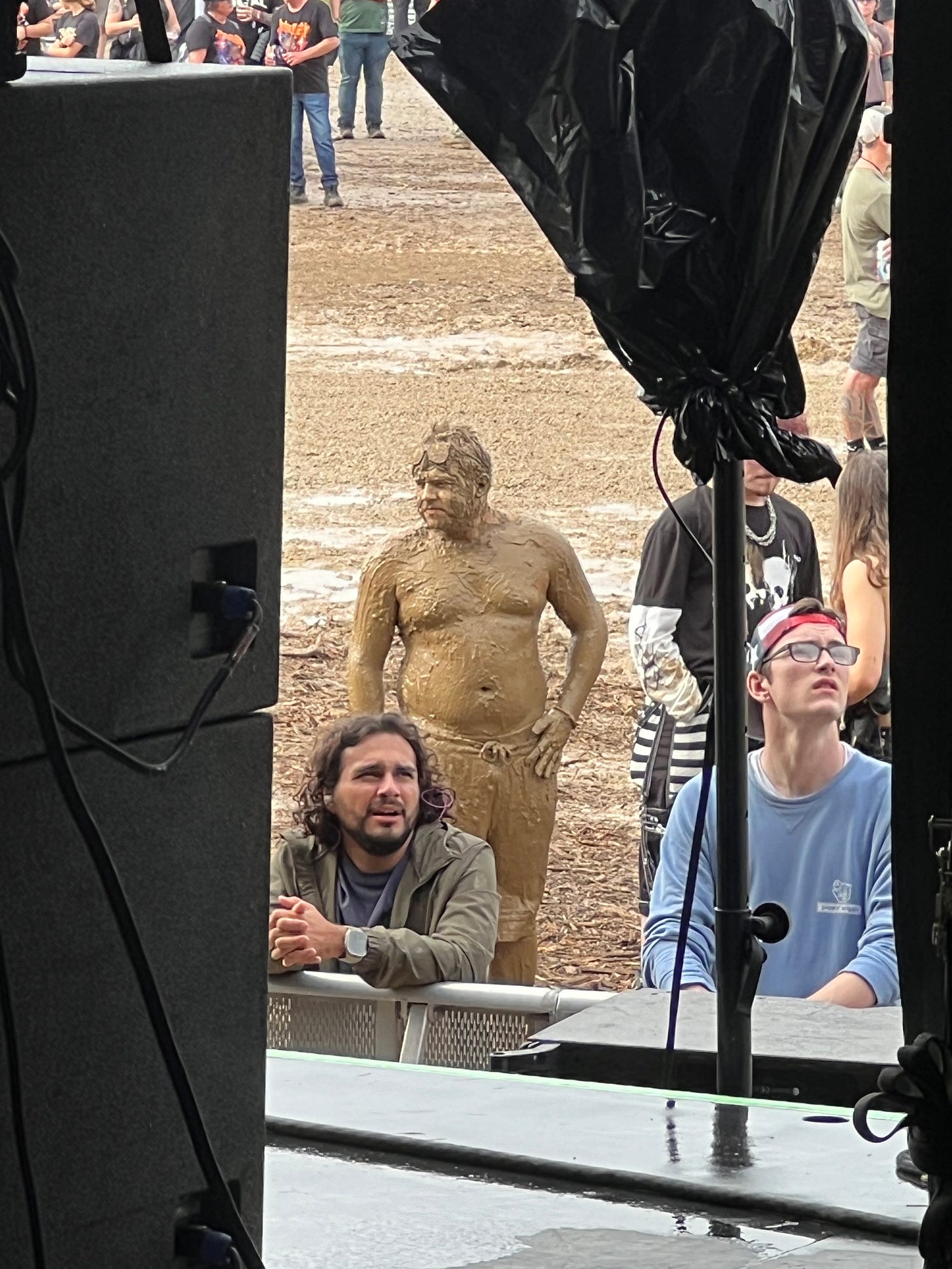
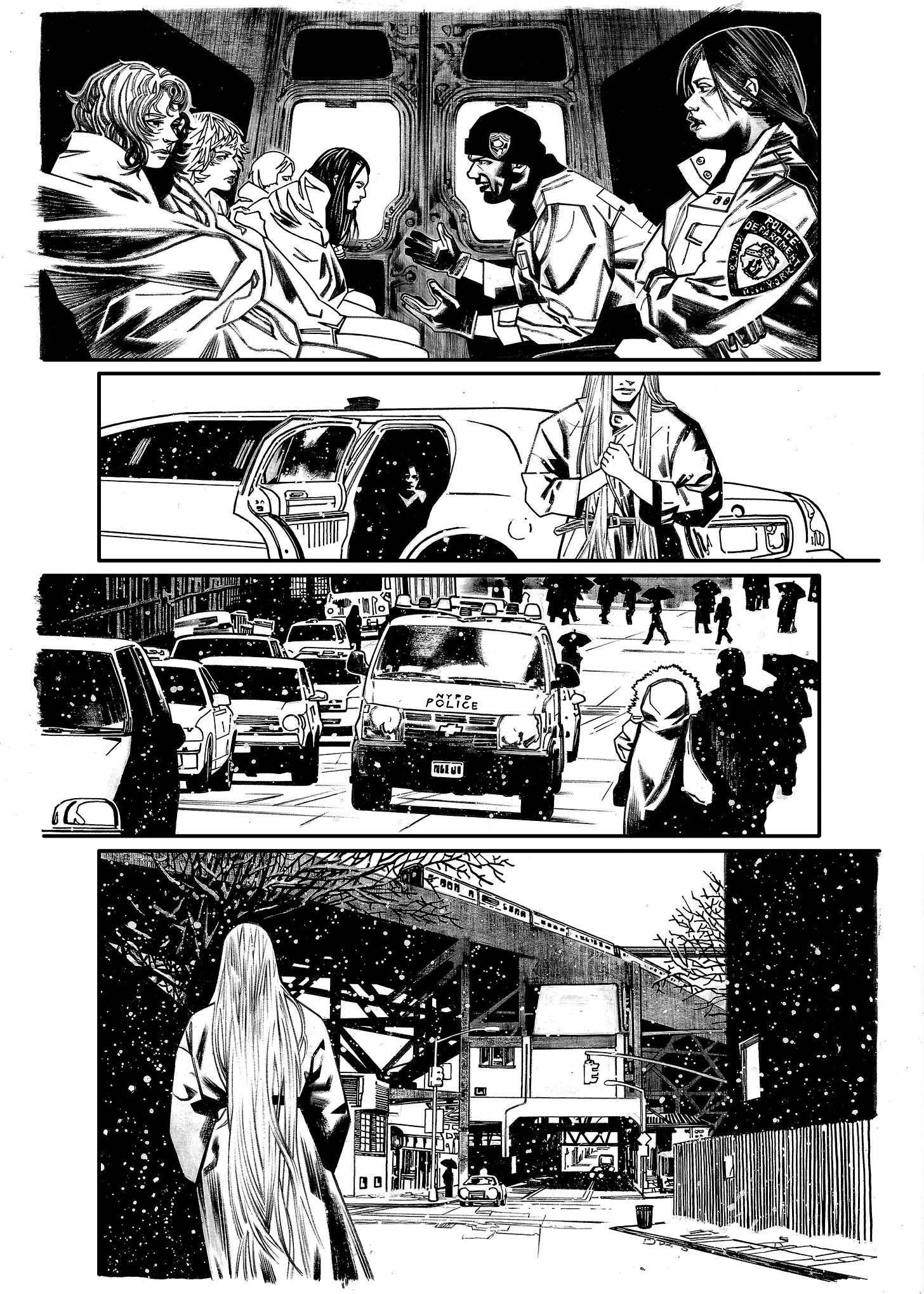
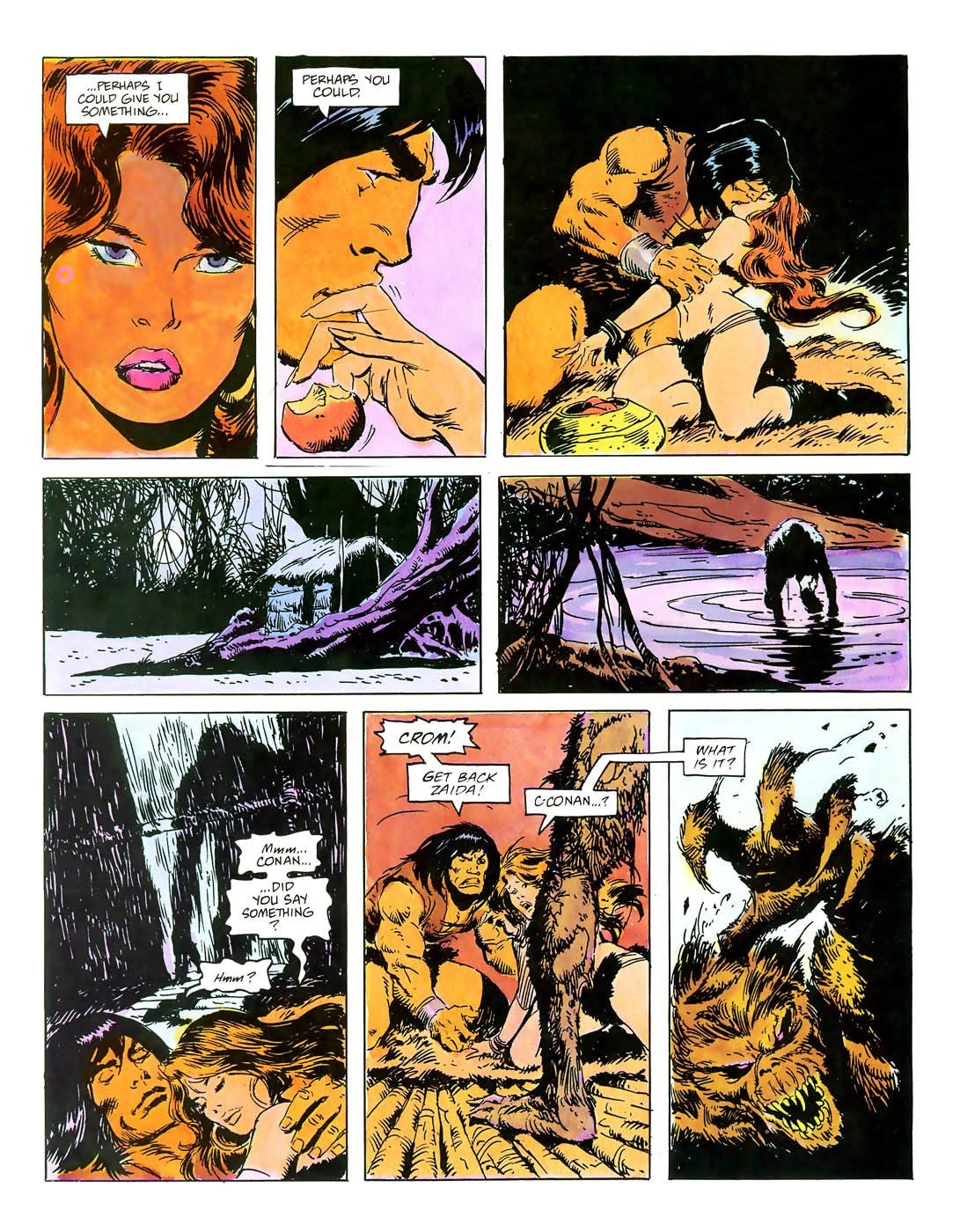

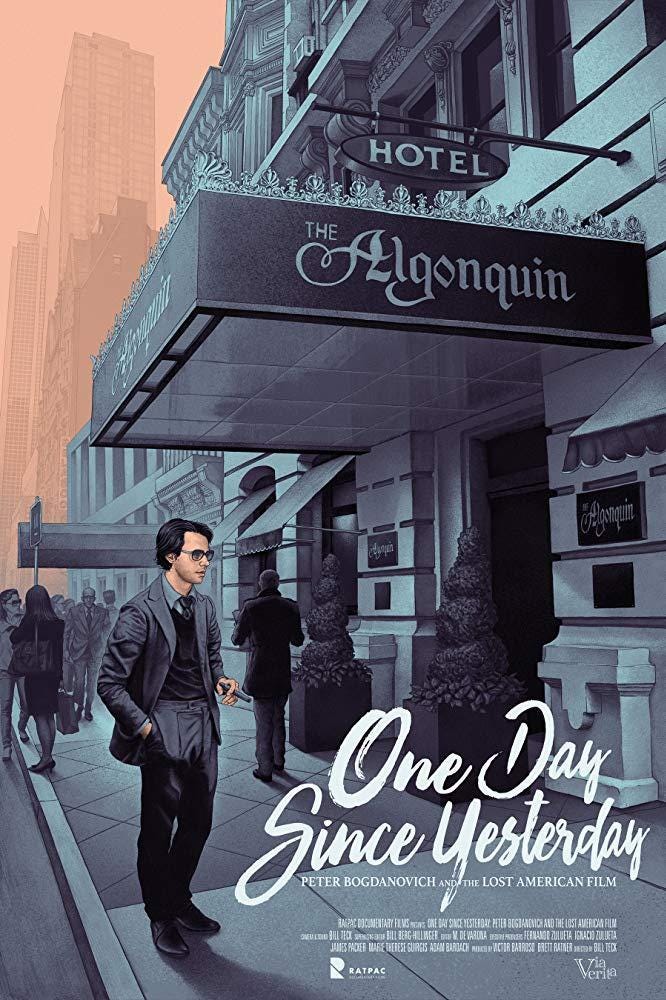
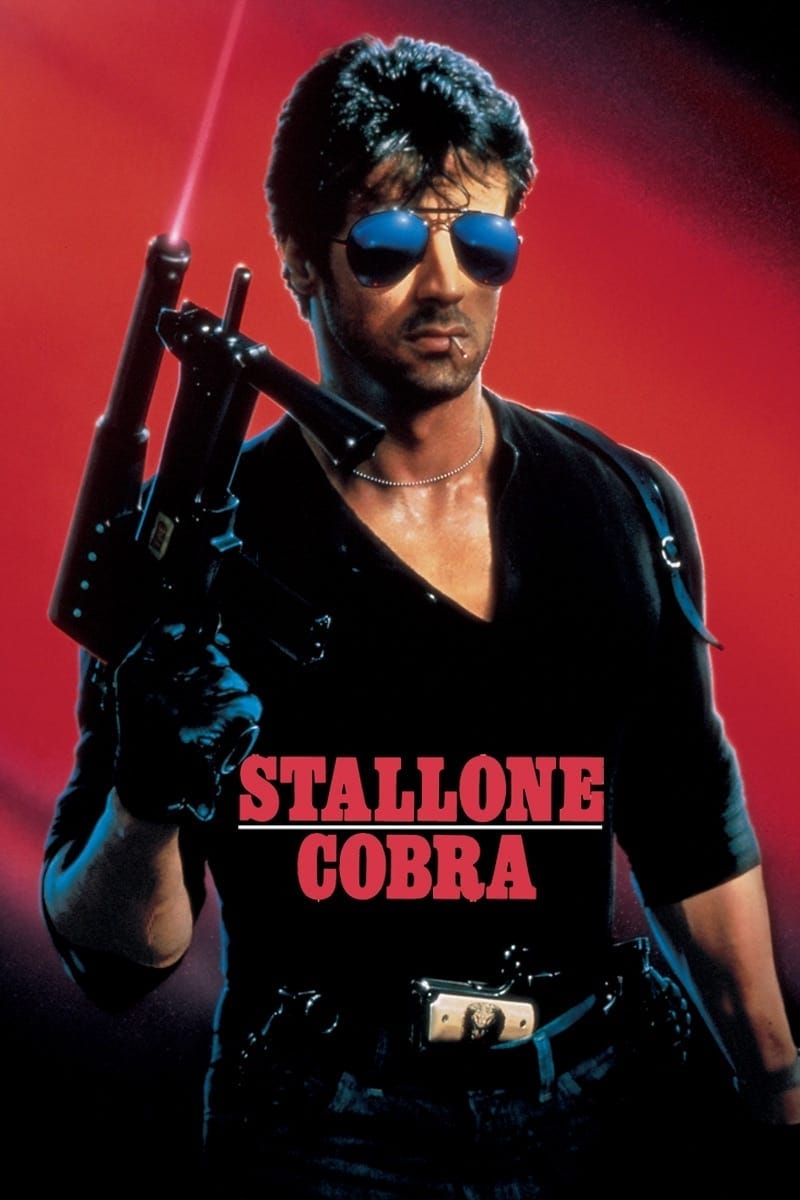
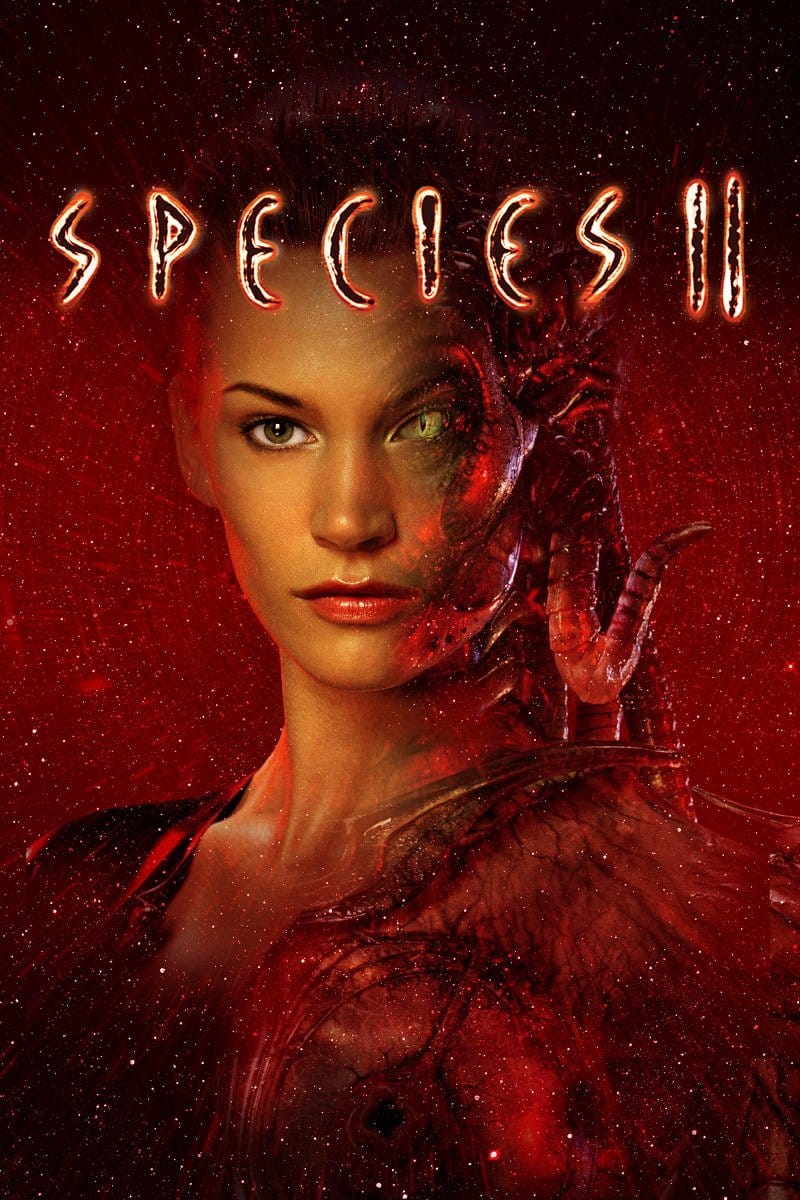
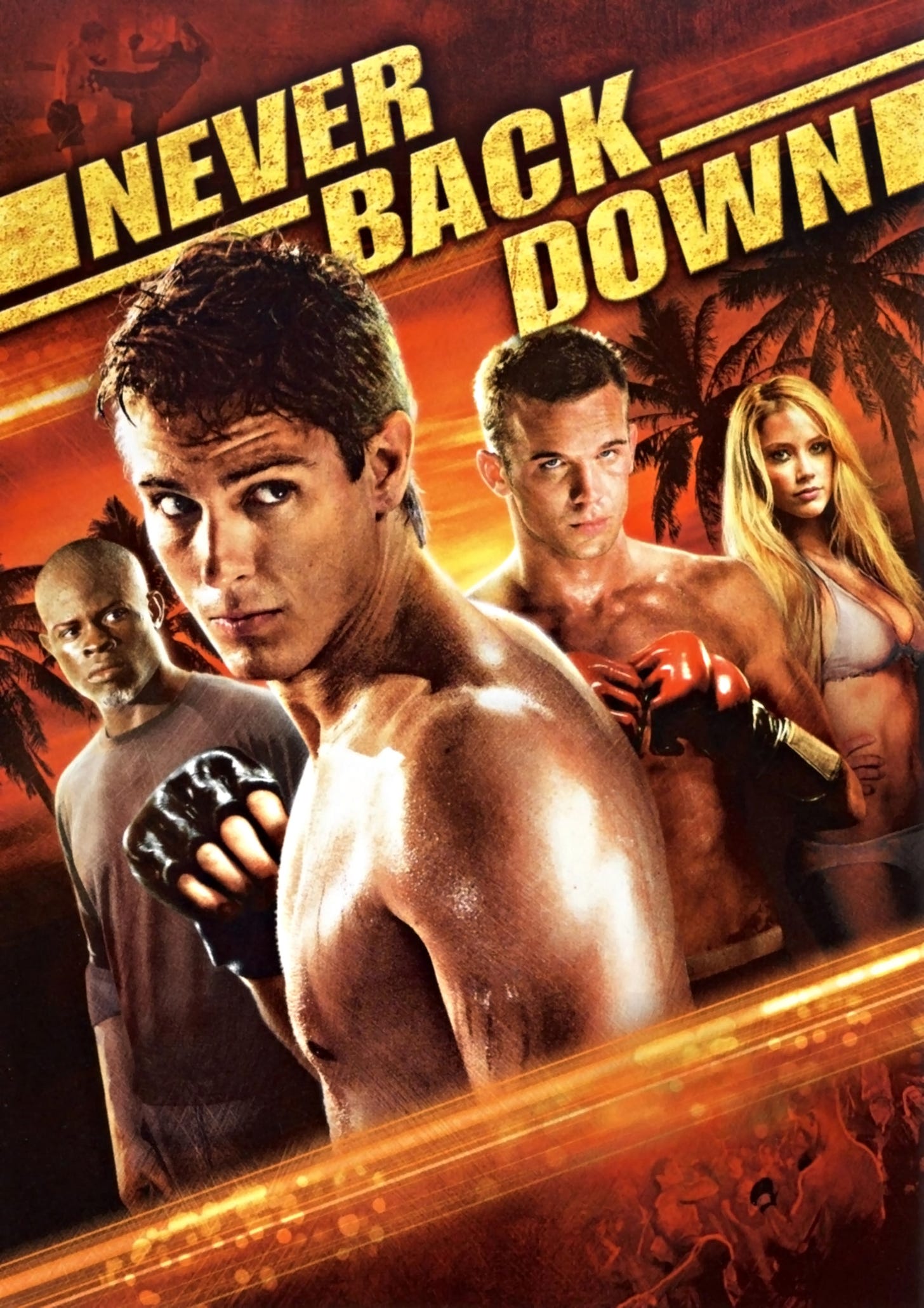
Original pedant here. Honored to get my own section. To dispel with your argument, I don't strictly demand that social phenomena be something that can be mercilessly measured into statistics in order to prove them. Anyone's free to make opinions that can't be proven. "Everybody seems angrier while driving since COVID" .... "The 1950's were the worst decade for film" .... "Cell phones are probably linked to cancer" ... Pretty sure one can agree that, the ability to prove or disprove aside, there is a qualitative spectrum to claims generated by observing the zeitgeist/gestalt and large social phenomena. You don't have to bring stats, but if something can't be proven or disproven, you are free to attempt to convince. You don't even deign to bring an argument beyond "it's self-evident."
But drilling down: your claim is not just that there is a vibe, or that there's fear in certain artistic circles, or that maybe this is a growing trend. You're making a categorical statement about the entire artistic landscape that the *single* most important factor to the current state of art's lack of edge or whatever (which is, again, it's own categorical statement) is artists' fear of personal cancellation. Now, again, I'm not saying you're not allowed to make an argument. But there are entire fields of social science that attempt to sort the infinite noise of life and isolate and explain causative effects. You could fill academic journals on this topic disentangling the "chilling effect" from other factors I mentioned, the increasing precarity of artist economics, the finance capitalization of all major industries, the drive for ever safer and safer stock returns, corporate consolidation, even just like ... upcoming generations being far less exposed to daring or "edgy" or DIY art of any kind (think of music ... you could make a case that Gen Z and Alpha will make increasingly harmless music because their tastes are dictated by streaming platforms and few things outside of that ecosystem ever penetrates to them en mass). I'm not saying *you* have to write an essay or do grant-funded research on this topic. But then again, *you're* the one making a claim about a vastly complex idea and have simplified it to one causative factor. Again, if you can't prove, you are free to attempt to convince, and this reader (who travels in artistic circles, as well) is not convinced. If you want to elevate your take to the level of ecstatic truth without any pushback, I dunno, consider starting a cult.
I totally agreed with your take on the chilling effect. I’m a visual artist, and I’ve tired with the idea of creating a YouTube channel or a podcast for years, but I can’t get past the potential downsides to being known by a bunch of strangers on the internet. I barely even post my work on social media anymore. I have a 9 to 5, and I paint in my basement in the evening and text pictures to friends sometimes.